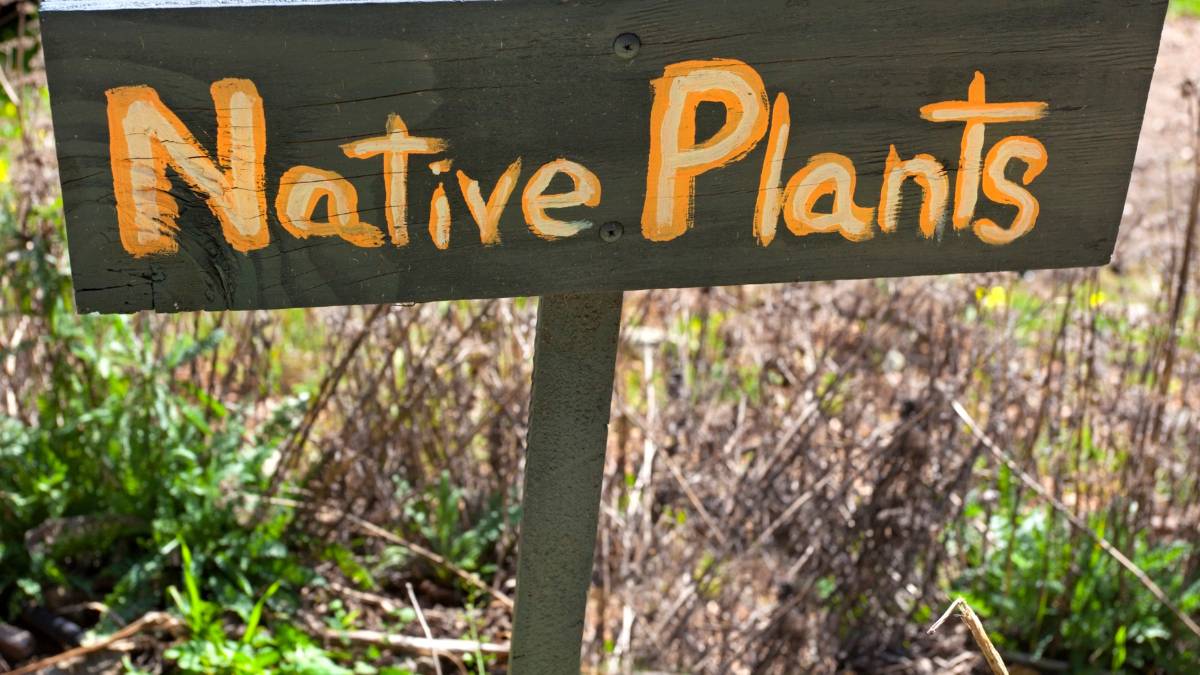Last Updated on January 19, 2024 by Kravelv Spiegel
After months of winter, native plant enthusiasts are ready for spring. Planning for the revival of your native plant landscape is exciting. It involves nurturing existing flora and introducing new elements to the area. A native plant nursery can help.
This blog post covers what to look for when planning for spring. This will help you enjoy your strongest growing season yet. Also, the article will focus on how to reinvigorate your garden. This includes choosing hardy replacements for any plants lost over the winter.
Assessing Winter Damage
The first step in spring landscape planning is to assess your native landscape. Winter can be harsh. You may lose less established plants or those planted outside their natural community.
Look for signs of frost damage, dieback, or any other disease or damage issues. Any of these may have occurred during the winter. Mark specific plants that may need extra care or replacement in the coming months.
Replacing Winter Losses
If some of your prized native plants didn’t make it, don’t feel discouraged. Spring offers an opportunity for renewal, revitalization, and regrowth. You now have the option to replace damaged or diseased plants with the same species. Or opt to change your planting choice by exploring new natives.
Regardless of your choice, always do your homework. Choose native species that are well-suited to your region and provide ecological benefits. If you’re replacing pollinator-friendly plants, look for replacements with similar environmental advantages.
Choose Resilient Native Plants From a Native Plant Nursery
When selecting replacement plants, seek out species known for their resilience and survivability. Consider which natural community is most like your landscape. For example, shady sites are like forests and savannahs; moist sites are like wetlands. Research the natives that are an ideal fit for your specific soil type. And consider your site’s sunlight and moisture levels.
Dealing with Deer Damage
Deer can be both a delight and a challenge for gardeners. Most landowners appreciate the charm of beautiful wildlife. But they can also wreak havoc on your native plant landscape.
If some plants have fallen victim to deer browsing, you can use strategies to deter deer. This may include replacing damaged plants with deer-resistant species. You can also try fencing or applying natural repellents to protect your investment.
If you know that deer damage is likely to be a problem in the future, explore recipes for natural repellents. You can make most of these deterrents in your kitchen with items you already have in the fridge or pantry.
Deer-Resistant Native Plants
Adding deer-resistant native plants is a natural, sustainable way to deter animal interference. While no plant is deer-proof, some species are less palatable to them.
Deer dislike aromatic native perennials like blue salvia or wild bee balm. Deer avoid plants with fuzzy or spiky textures like yarrow and rattlesnake master. Incorporating a variety of these plants into your landscape can help discourage deer.
Your local native plant nursery can help you choose deer-resistant natives. Whether you’re a veteran with native plants or just starting, they can help. A nursery will have a vast inventory and diverse selection to help you reach your planting goals every year.

